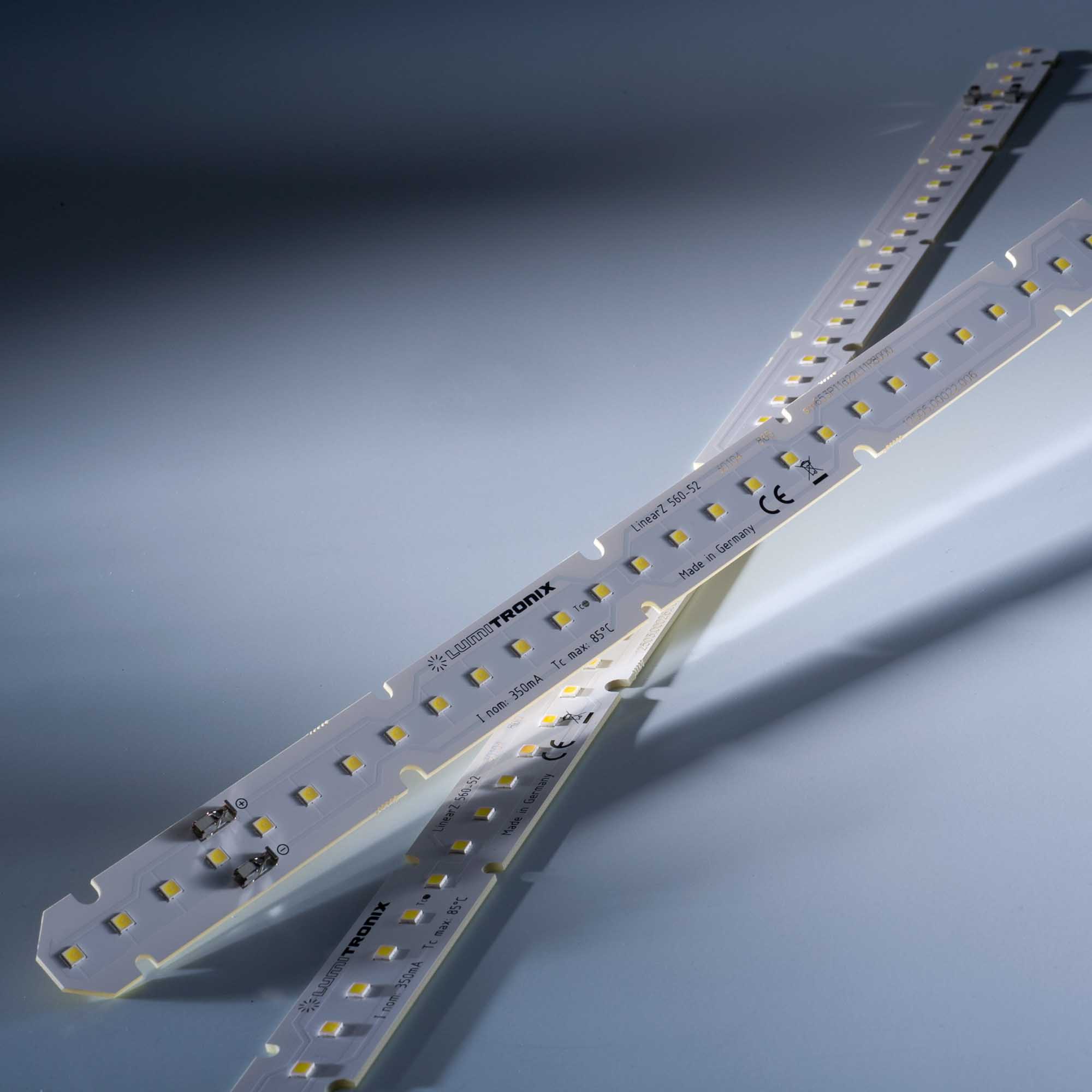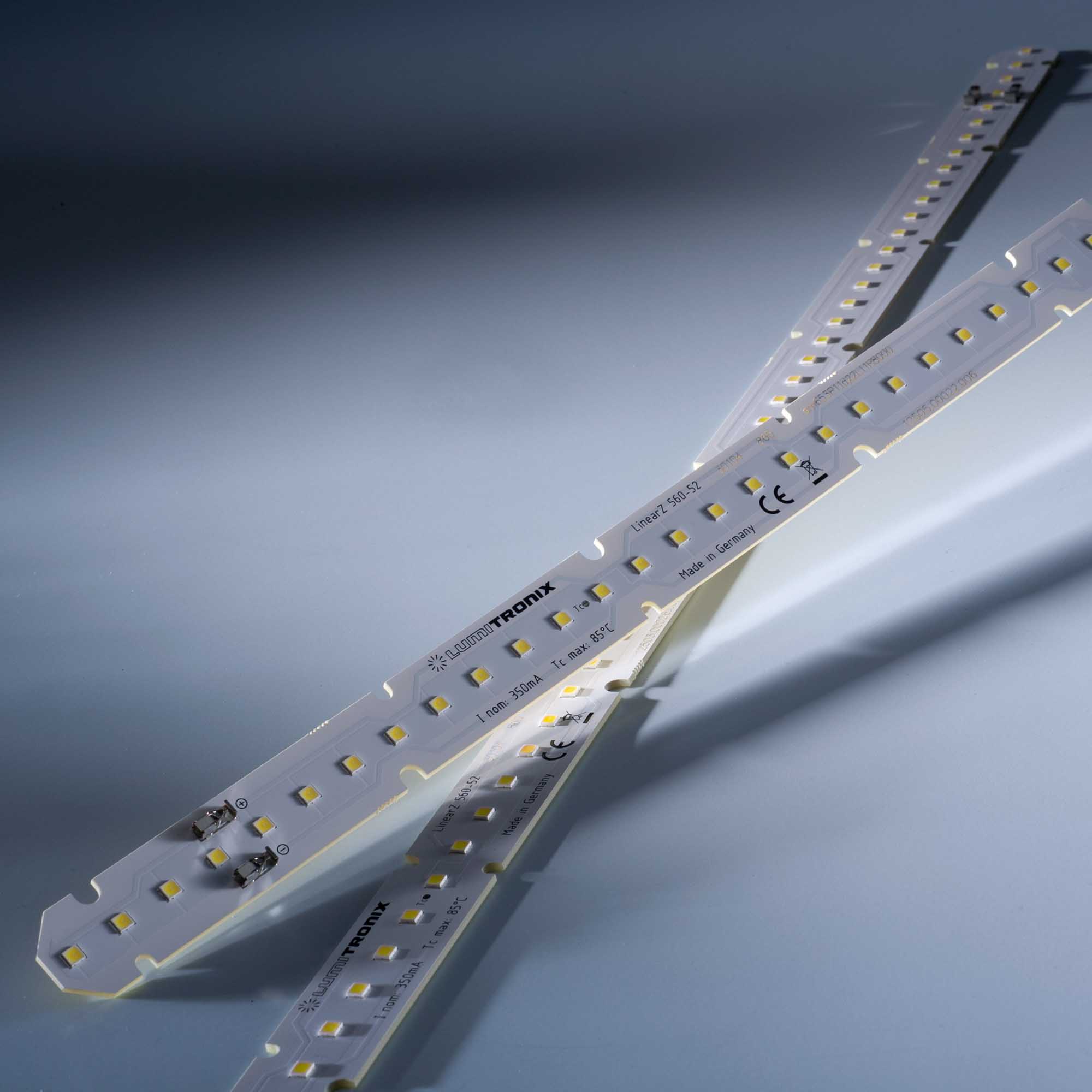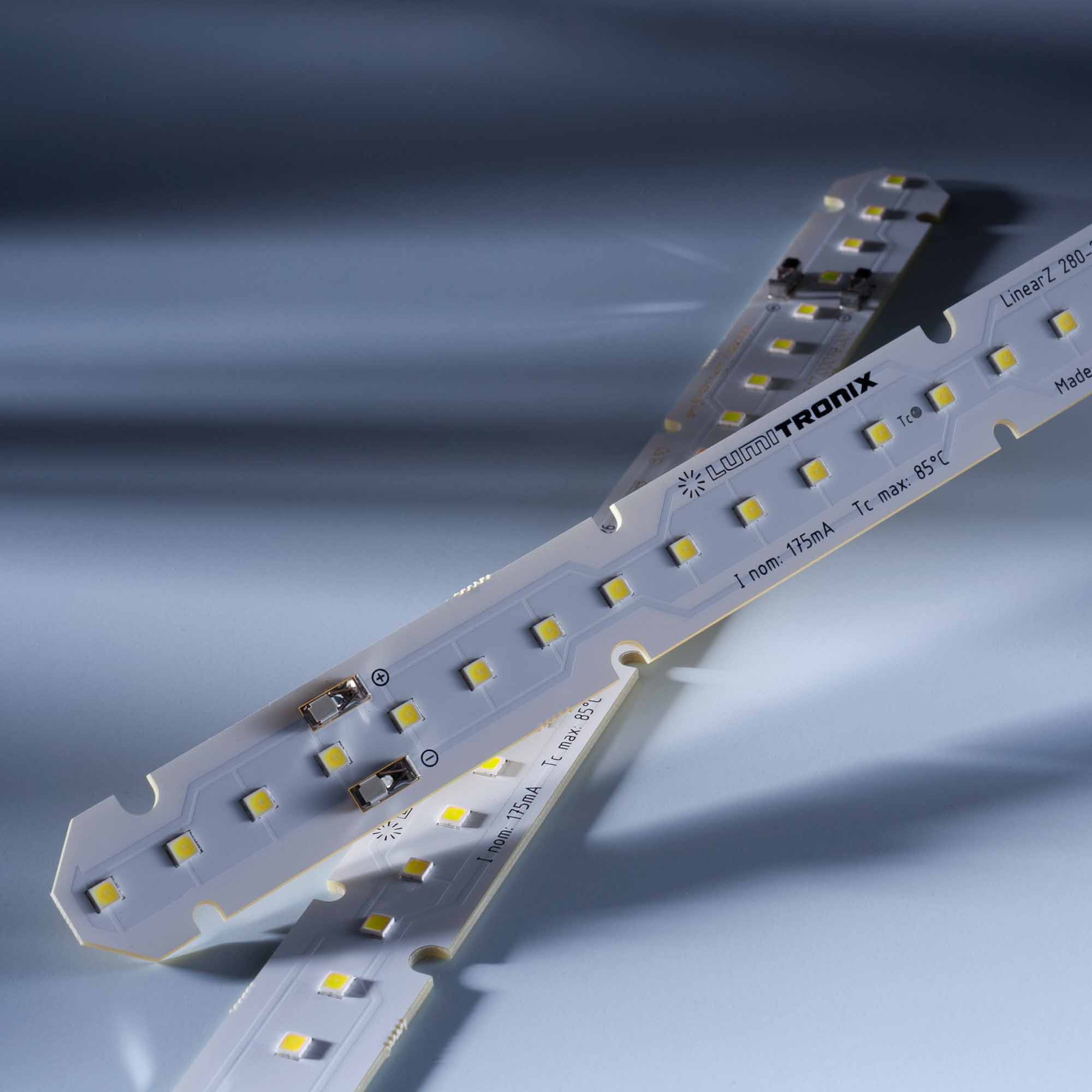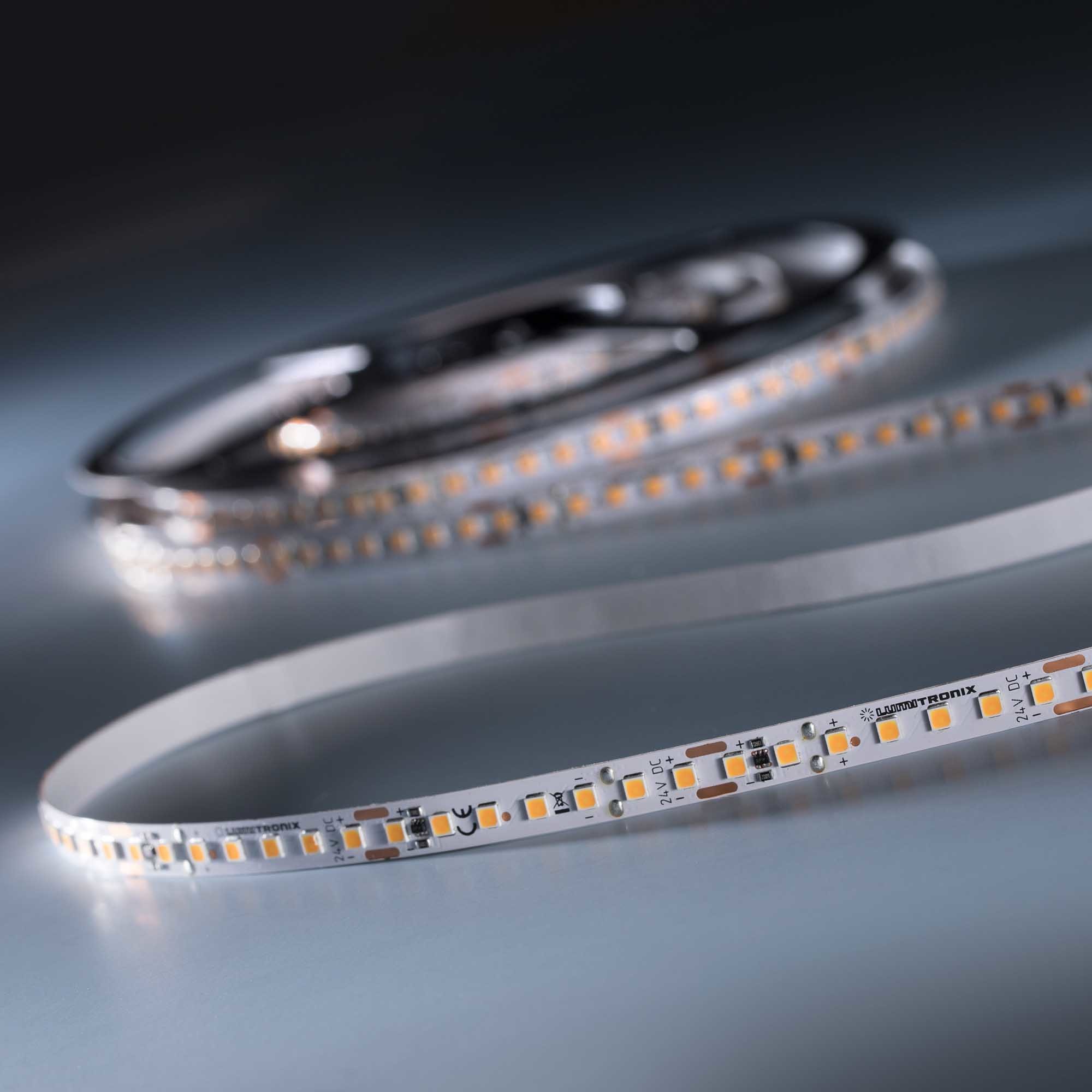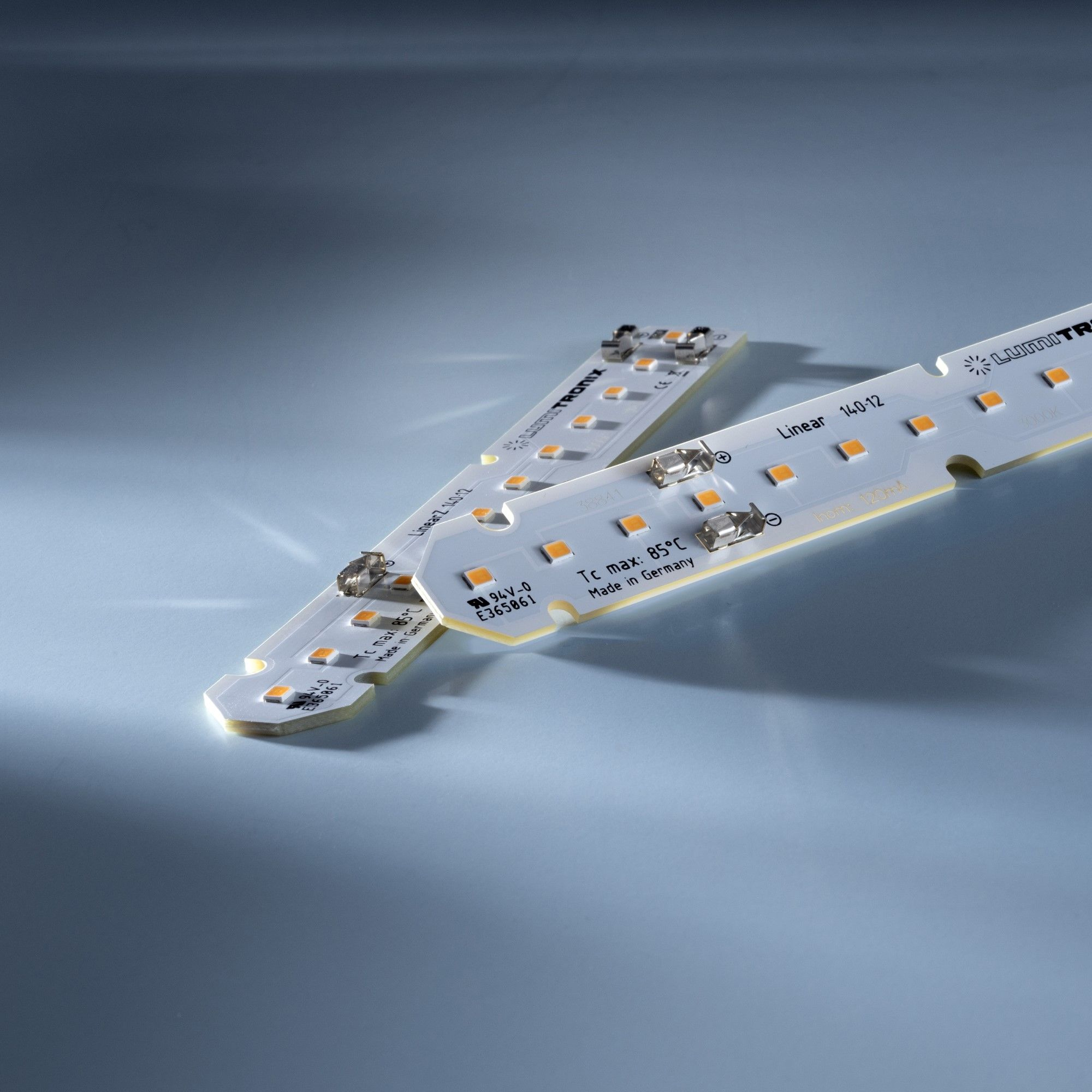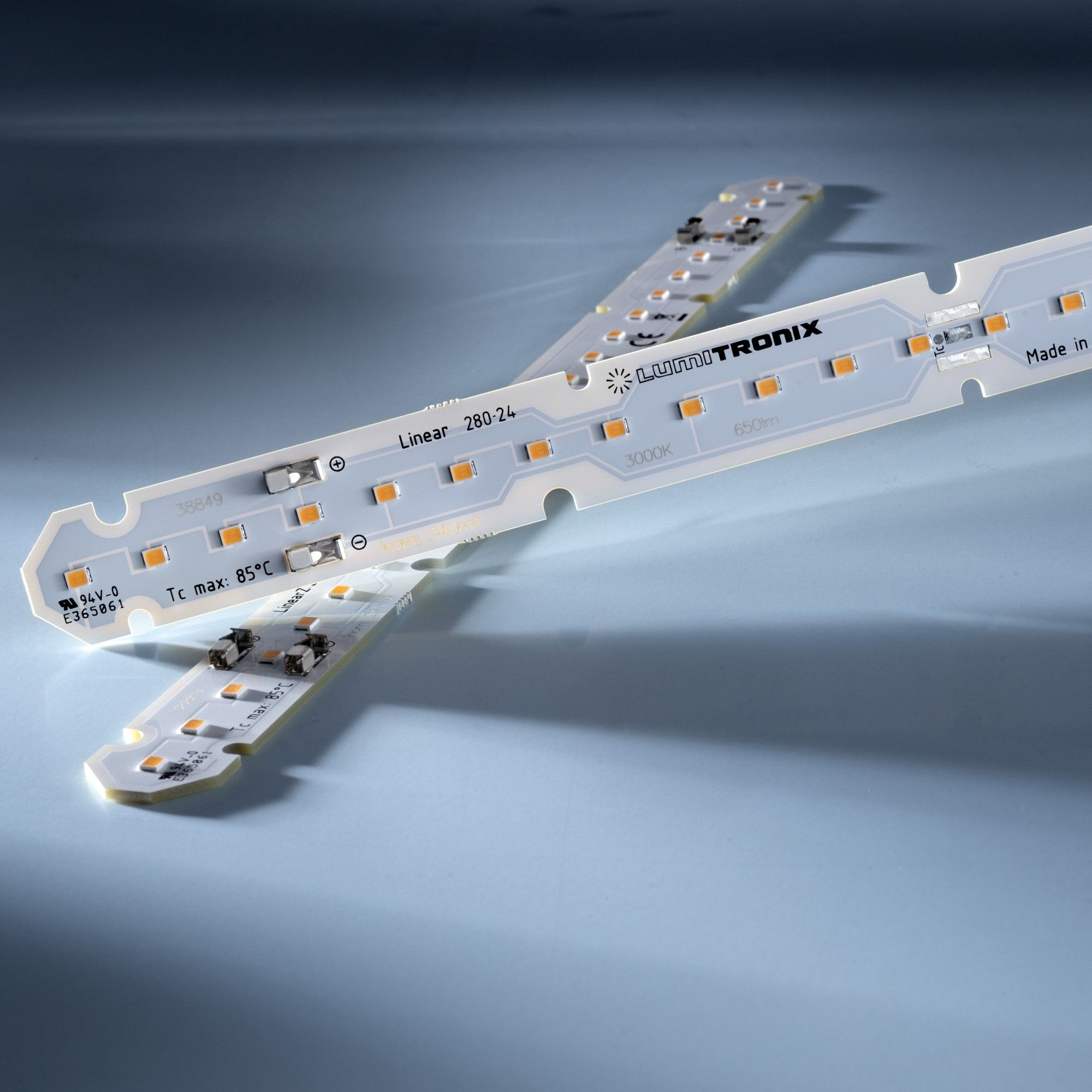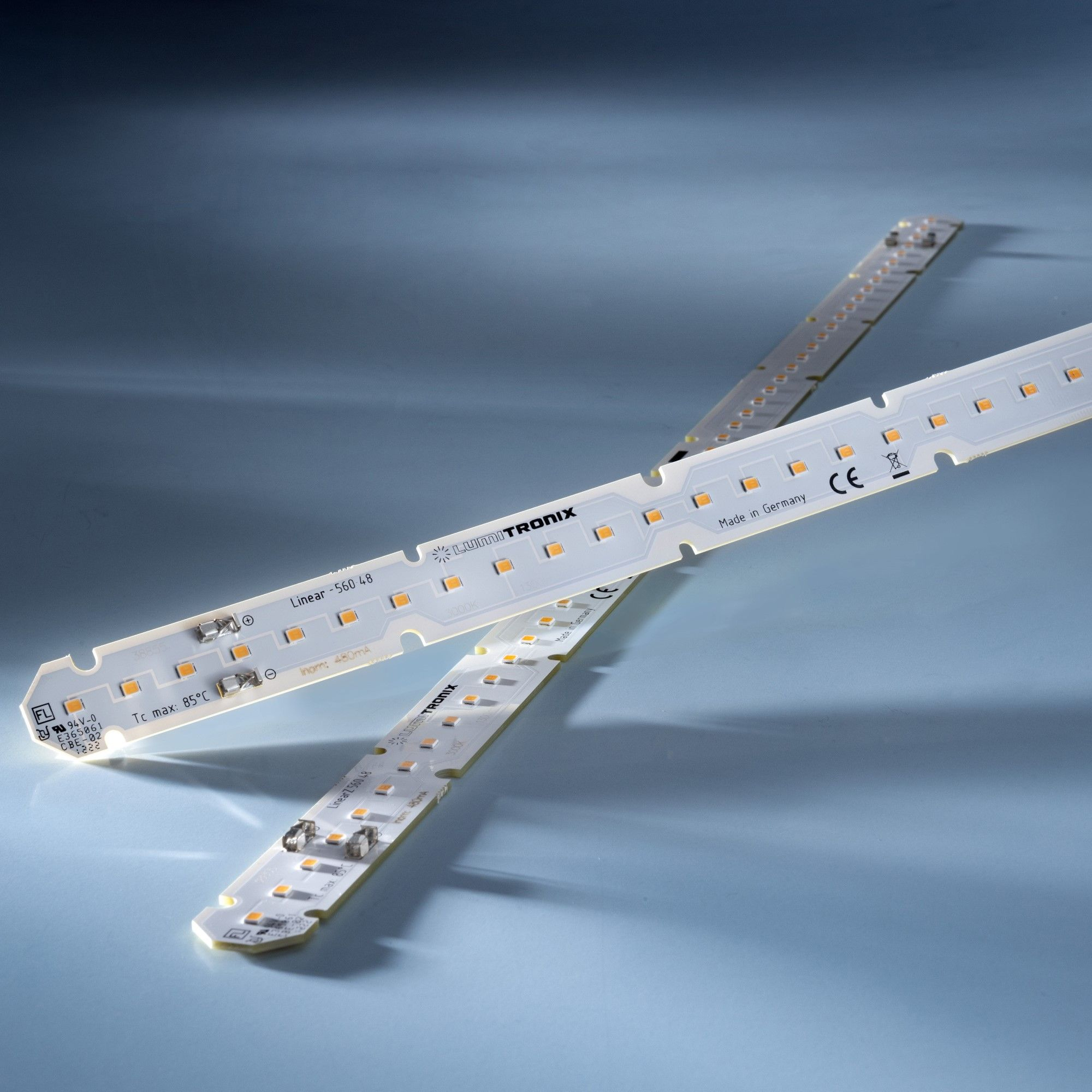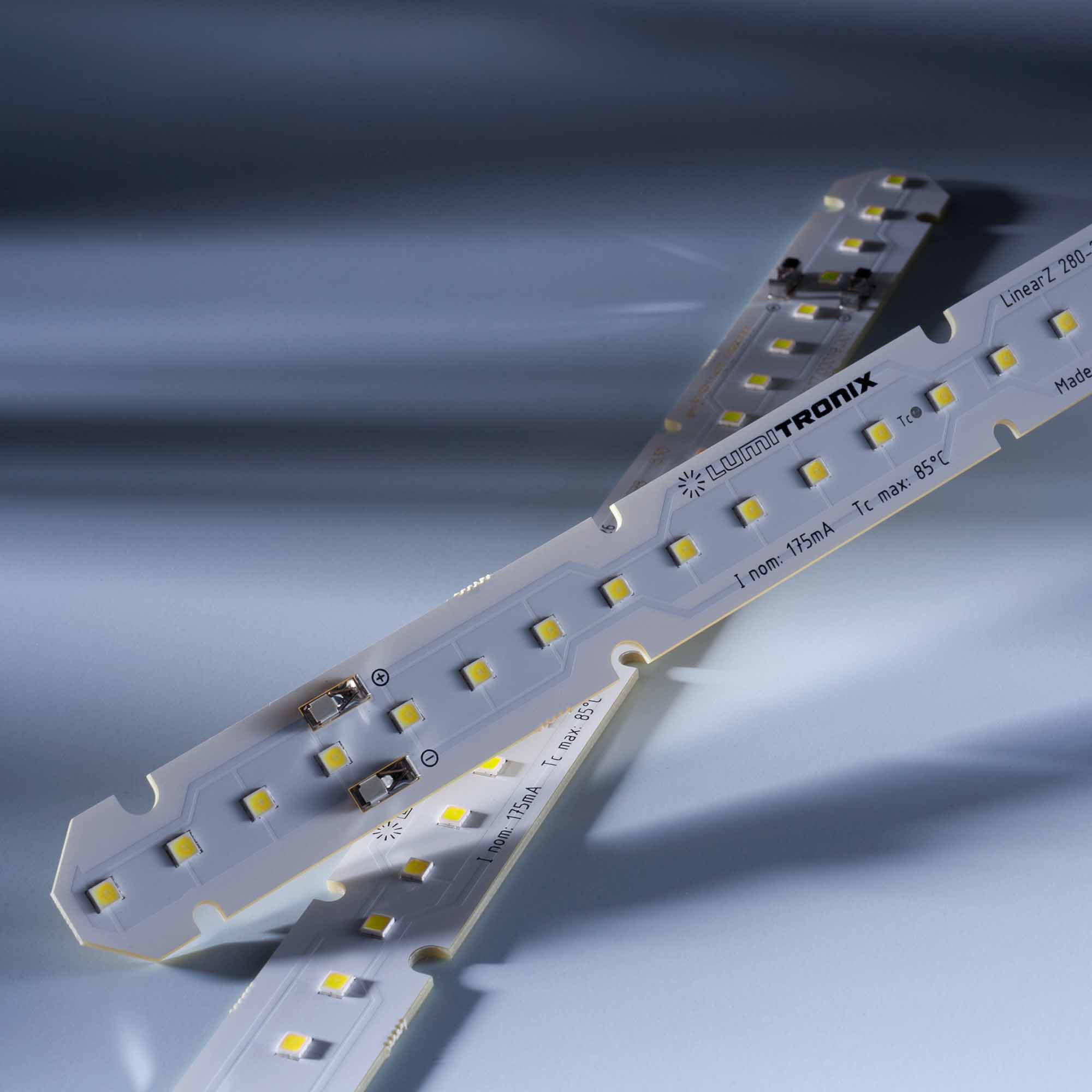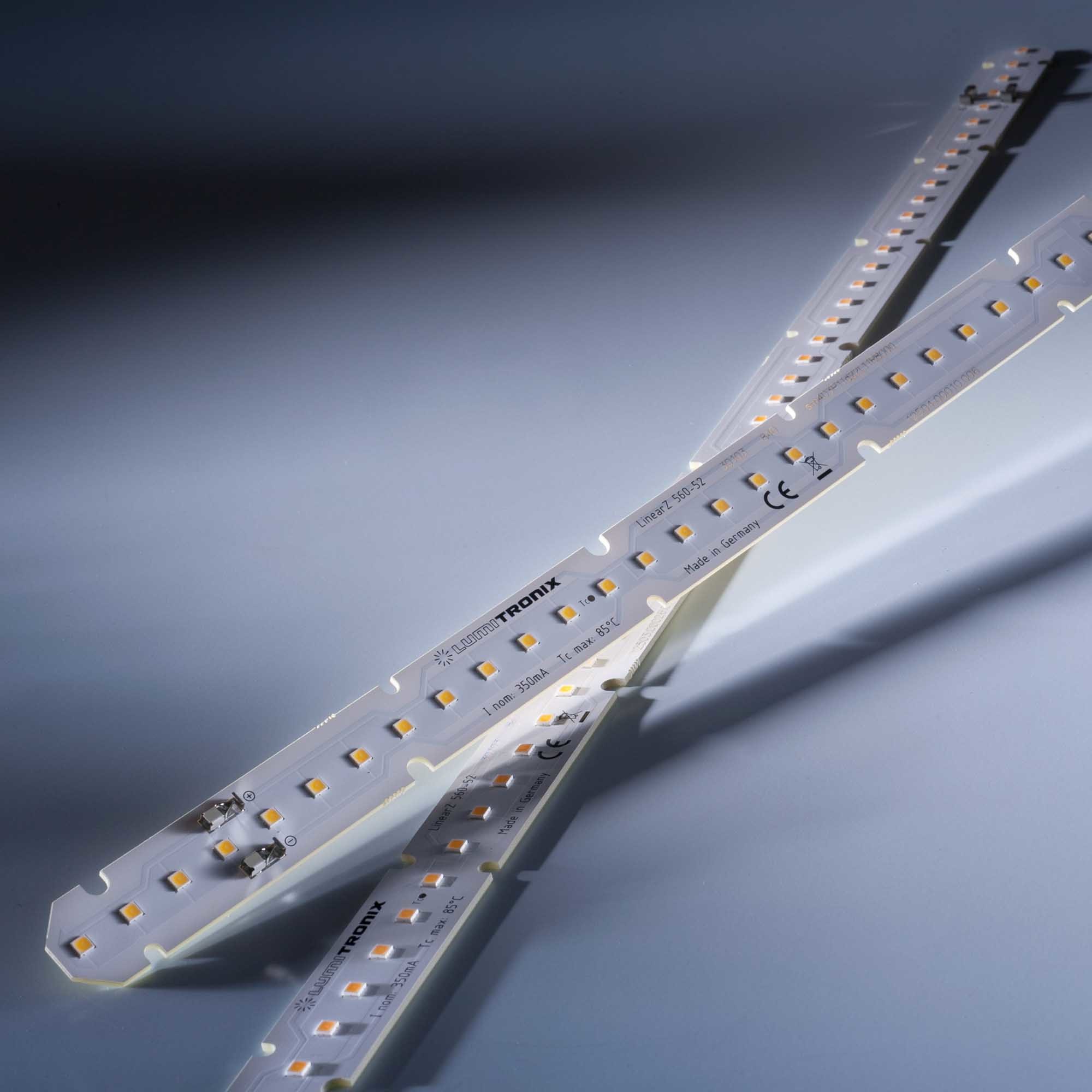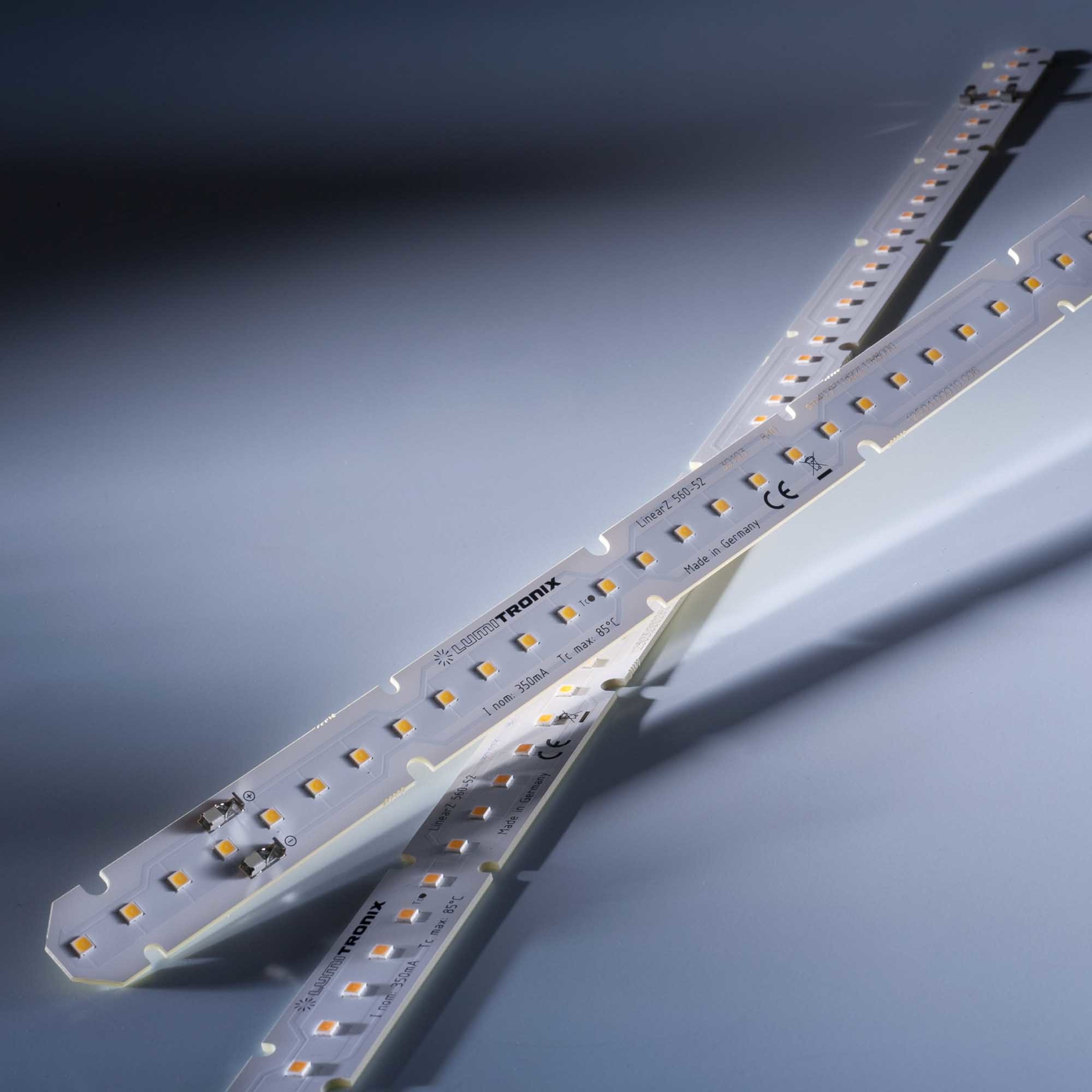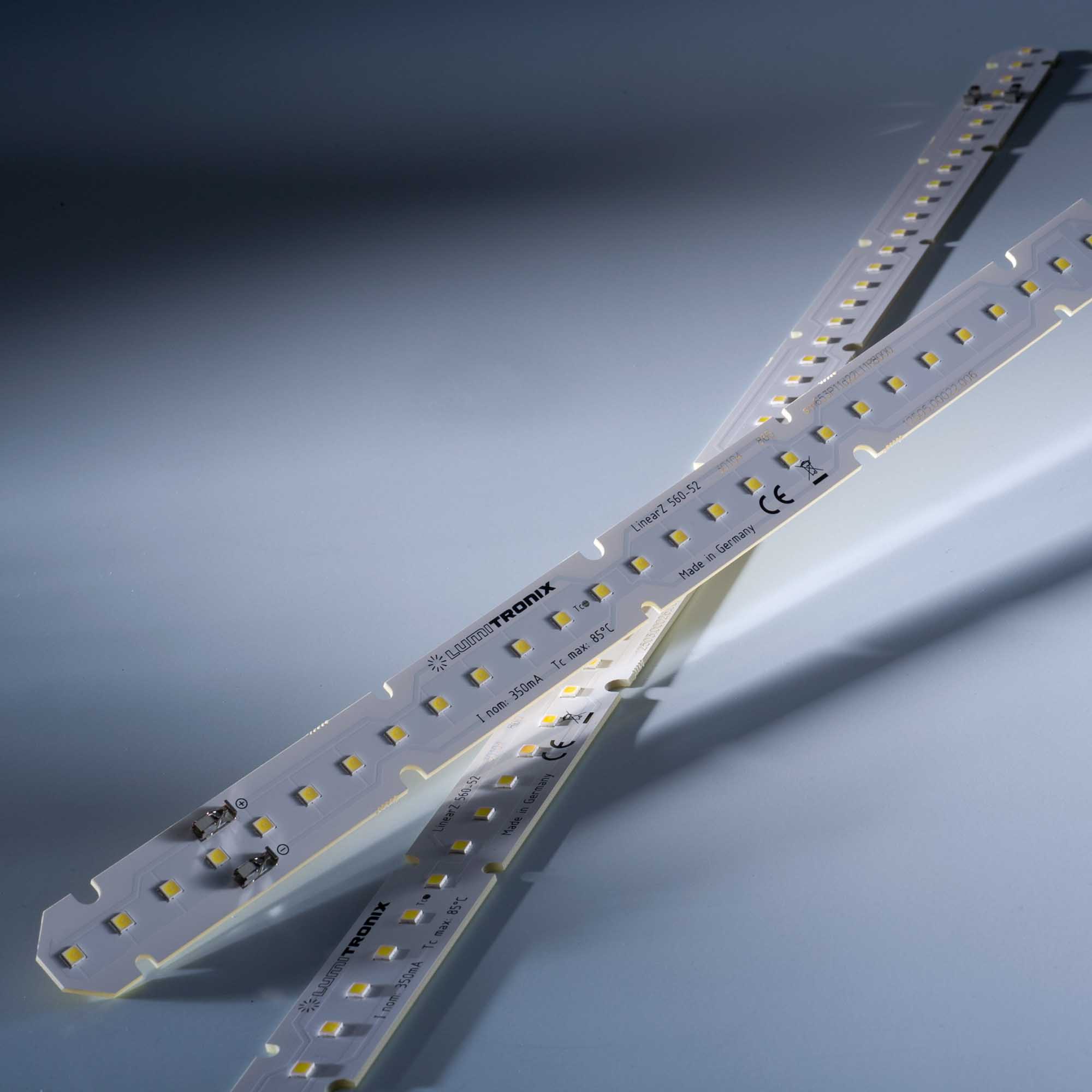Understading Color Rendering Index: A Comprehensive Guide to CRI and Lighting Technologies
- By Lumistrips LED Professional
- Mar 8, 2023

The Color Rendering Index (CRI) is a crucial aspect of lighting design that affects how we perceive colors under different light sources. Understanding the intricacies of CRI can help you make better decisions when selecting light sources for various applications, ensuring that colors are rendered accurately and pleasingly. This article will delve into the science behind CRI, its importance in lighting design, and how various lighting technologies, including LED and OLED, impact CRI values.
Understanding the Color Rendering Index (CRI)
The CRI is a quantitative measure that compares the appearance of colors under a given light source to their appearance under a reference light source, typically daylight or incandescent light. The index ranges from 0 to 100, with higher values indicating more accurate color rendering. A CRI of 100 means that the colors rendered by the light source are identical to those rendered by the reference light source, while a lower value indicates poorer color rendering.
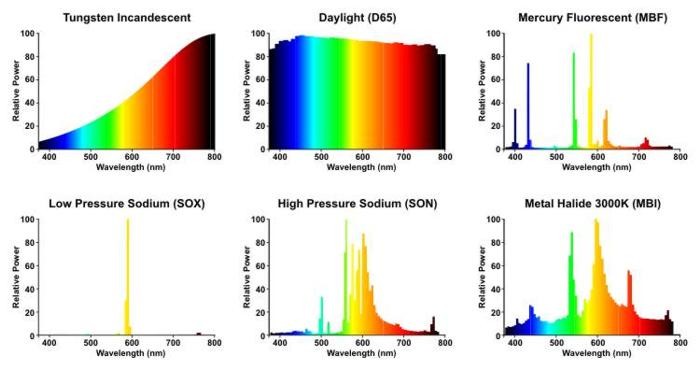
To calculate the CRI, a light source's spectrum is analyzed while illuminating a set of eight reference colors. The appearance of these colors is then compared to their appearance under the reference light source, and the CRI value is calculated as the average of the individual scores for each color.

The result of the illumination of these eight colors is then compared with that of the standard illuminant or daylight and the CRI value of the analysed light source is the average of the 8 individual scores. An example calculation from a dedicated CRI software below:

It's essential to note that CRI is not a measure of color temperature, which describes the hue of the light source itself. However, for a fair comparison, the light source being measured should have the same color temperature as the reference light source.
The Evolution of Lighting Technologies and CRI
Since the invention of the incandescent lamp in the late 19th century, lighting technologies have evolved significantly. Each new technology offers different ways of producing white light and, consequently, varying levels of color rendering.

- Incandescent Lamps
Incandescent lamps emit light by heating a filament to high temperatures until it glows with visible light. They generally have high CRI values (around 95-100) due to their continuous spectrum, which closely mimics that of natural daylight.
- Gas Discharge Lamps
Gas discharge lamps produce light by sending an electric discharge through an ionized gas. The CRI of these lamps can vary greatly depending on the type of gas and the phosphors used. Fluorescent lamps, a type of gas discharge lamp, usually have a CRI value between 60 and 90.
- Light Emitting Diodes (LED)
LEDs are semiconductor devices that emit light when an electric current passes through them. They have many advantages, such as energy efficiency, long life, and low heat emission. LED CRI values can range from below 60 to over 98, depending on the architecture and material combinations used in their construction.
- Organic Light Emitting Diodes (OLED)
OLEDs are a newer type of lighting technology that uses organic materials to emit light. Like LEDs, they offer energy efficiency and long life, but they also provide more uniform illumination and can be made into flexible, thin panels. OLED CRI values also vary widely, from below 60 to 98+.
The Importance of CRI in Lighting Design
When selecting light sources for a particular application, it's essential to consider their CRI values. High CRI light sources can enhance the appearance of colors, making them more vibrant and accurate. This is especially important in settings where color perception is critical, such as art galleries, retail stores, photography studios, and residential spaces.
In addition to overall CRI values, it's also worth considering the individual scores for each reference color, known as the R1-R8 values. Some light sources may have a high average CRI but perform poorly for certain colors, leading to unexpected visual discrepancies.
Advancements in LED and OLED Technologies for High CRI
As mentioned earlier, the CRI values of LEDs and OLEDs can vary greatly. However, advancements in these technologies have led to the development of high-CRI options that closely mimic natural daylight.
Notable high-CRI LED technologies include Nichia's Optisolis and Seoul Semiconductor's SunLike series. Both of these technologies boast near-daylight spectra and maximum scores for all the CRI test colors. Their spectra closely resemble sunlight, resulting in accurate color rendering and reduced visual fatigue.
Finding High-CRI LED Strips and Modules
High-CRI LED strips and modules are available from various manufacturers, including those that use Nichia Optisolis and Seoul Semiconductor SunLike technologies. Lumistrips is one such supplier, offering a range of LED strips and modules that incorporate these high-CRI technologies.
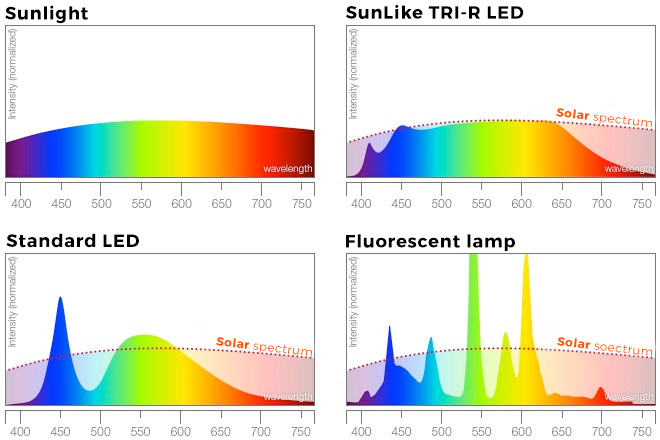
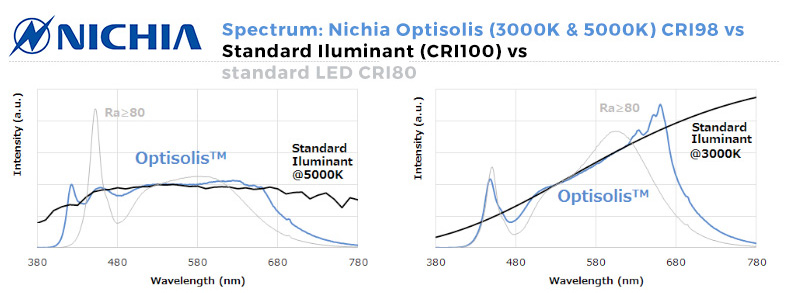
Understanding the Color Rendering Index (CRI) and its implications on color perception is crucial for lighting designers and anyone working with light sources. When choosing lighting technologies, it's essential to consider their CRI values to ensure accurate and pleasing color rendering.

 Lumistrips UK
Lumistrips UK Lumistrips US
Lumistrips US Lumistrips ES
Lumistrips ES Lumistrips PT
Lumistrips PT Lumistrips ITA
Lumistrips ITA
